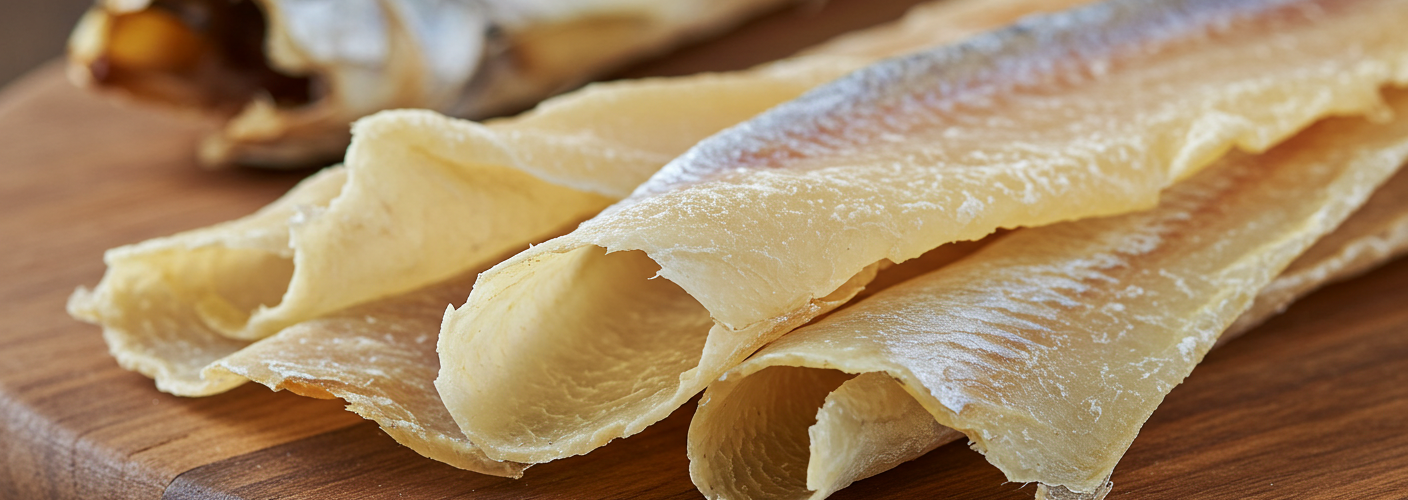For many, the holiday season is synonymous with family traditions, and for those of Nordic descent, one such tradition is the preparation and enjoyment of lutefisk. This distinctive dish, made from dried whitefish, encapsulates a culinary heritage that has stood the test of time, connecting generations through shared meals and memories.
The Origins of Lutefisk
Lutefisk has its roots in the Scandinavian countries, particularly Norway and Sweden, where it has been enjoyed for centuries. The process of making lutefisk involves soaking dried fish in a lye solution, which transforms the texture and flavor of the fish. Traditionally made from cod, but also from other whitefish species such as haddock or pollock, the fish undergoes a thorough rehydrating process that creates a unique texture and taste profile desired by many.
The name “lutefisk” derives from the Norwegian words “lute,” meaning lye, and “fisk,” meaning fish. This preparation method was developed centuries ago as a means to preserve fish in a time before refrigeration was commonplace. As cultures evolved, so too did tastes and preferences, but lutefisk has remained a beloved dish, especially during festive occasions.
Preparing Lutefisk
The process of preparing lutefisk begins with the selection of high-quality dried fish. After the fish is soaked in a lye solution, it is then rinsed thoroughly to remove the lye, which softens its flesh and gives it a unique gelatinous texture. Many lutefisk enthusiasts appreciate this texture, which can be polarizing for others who are unfamiliar with the dish.
It is typically cooked simply, often baked or steamed, to showcase the fish’s delicate flavor. When served, lutefisk is usually accompanied by creamy white sauces, and traditional side dishes such as boiled potatoes, peas, and bacon. The salty, savory elements of the dish leave a lasting impression, making it a centerpiece for many holiday tables.
Lutefisk Traditions
Lutefisk is more than just a dish—it is a cultural symbol for many families. Its preparation and consumption often usher in fond memories and cherished traditions, uniting family members in the kitchen as they prepare the meal together. In many Midwest communities in the United States, where large populations of Norwegian and Swedish immigrants settled, church halls and community centers often hold lutefisk dinners, drawing together friends and family to enjoy this distinctive meal.
For those unfamiliar with lutefisk, it can be an acquired taste, with its strong flavor and unusual texture sometimes seen as challenging. However, for many, the experience of sharing lutefisk as part of a holiday gathering transcends the food itself. It represents a rich history and connection to heritage, allowing new generations to embrace and celebrate their ancestry.
Conclusion
As the holiday season approaches, tantalizing aromas of lutefisk waft through family homes, carrying with them stories of generations past. Those looking to dive into this time-honored tradition may find themselves delighted by the depth of flavor and the cultural significance it brings to the table. For lovers of culinary exploration or those seeking to connect with their Nordic heritage, lutefisk offers an irresistible invitation to savor the flavors of tradition and togetherness during this special time of year.




Add comment